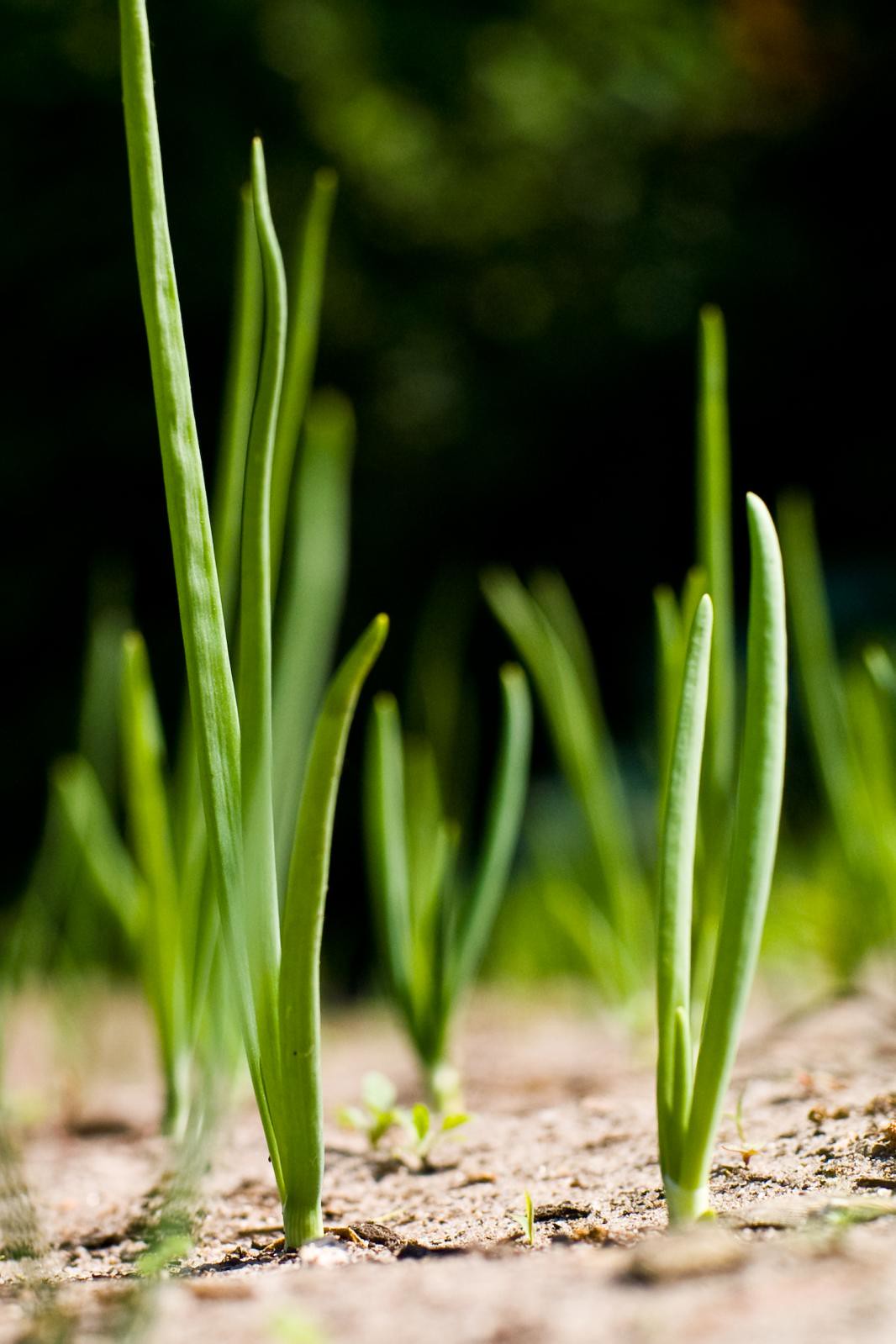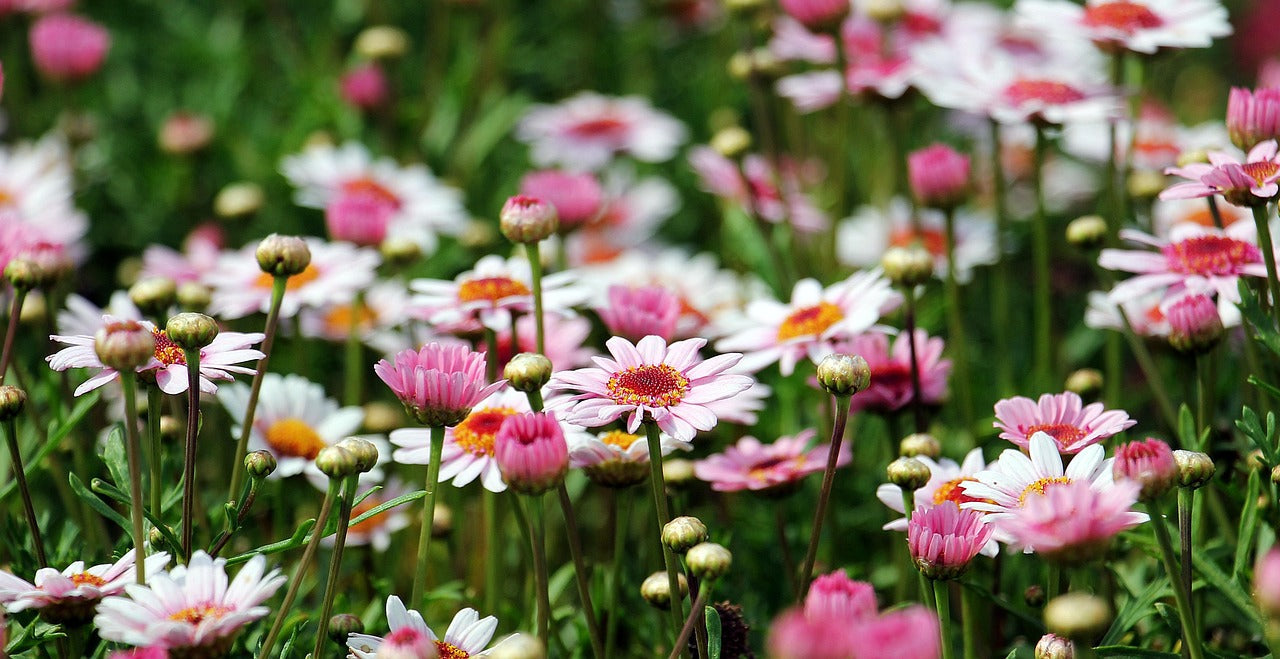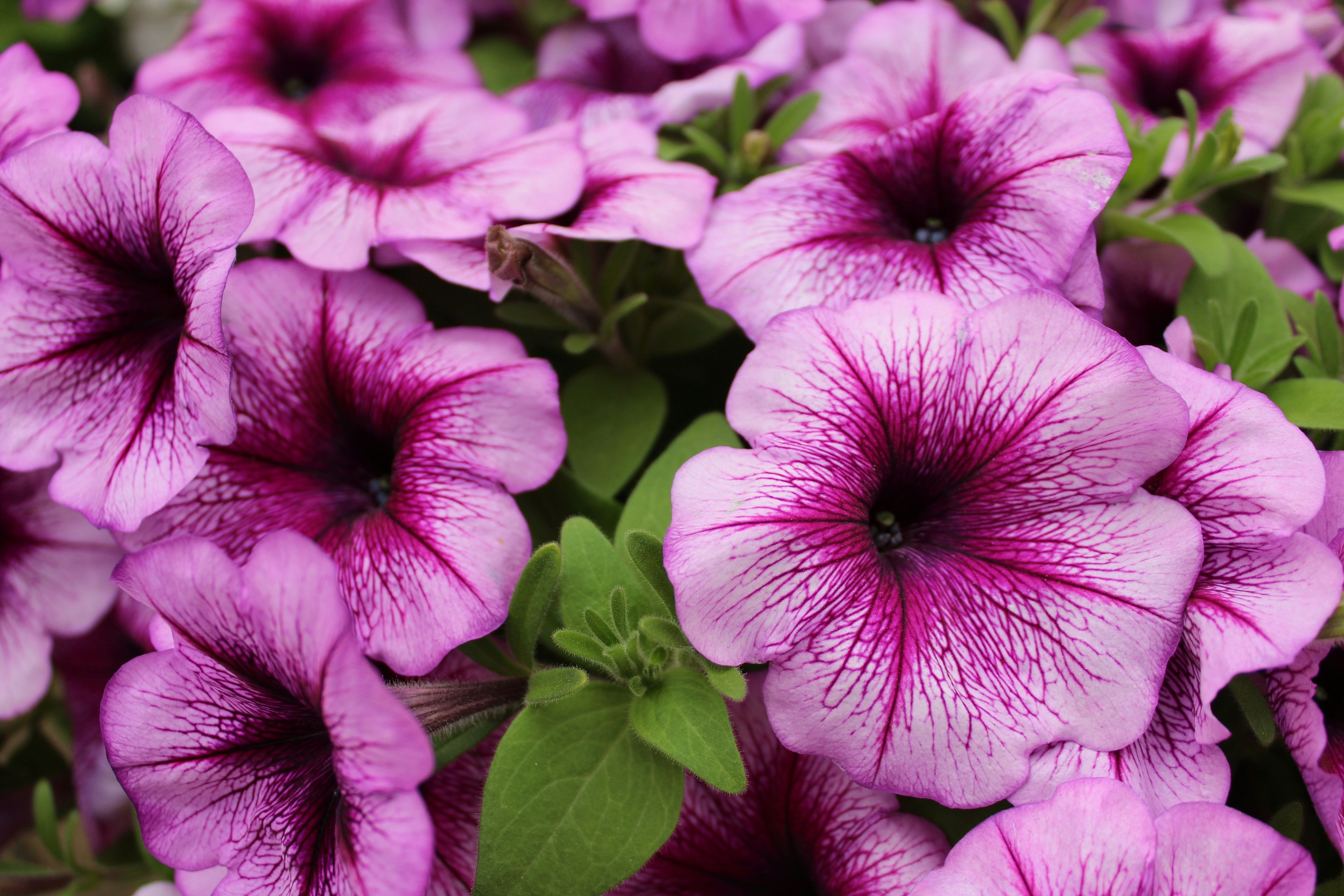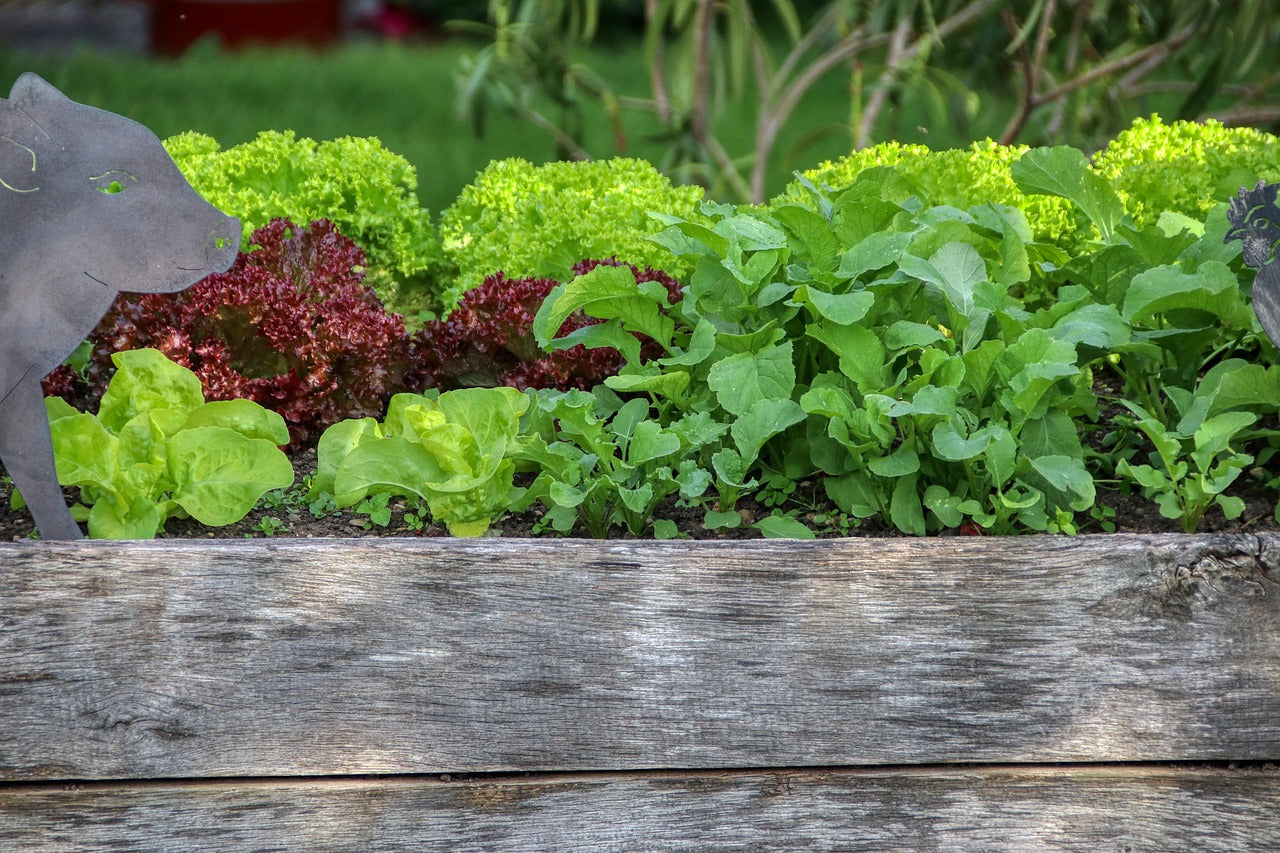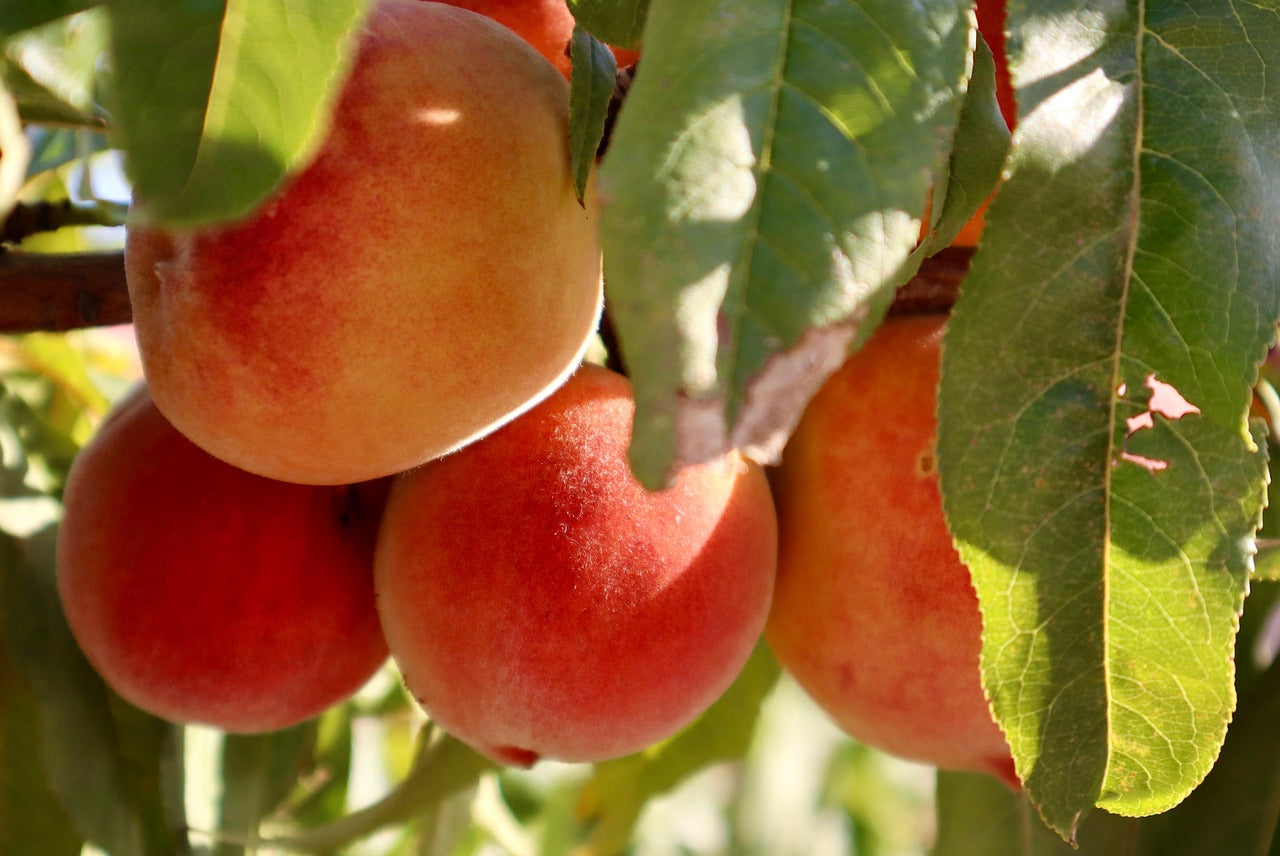Spring onions boast a fresh, crisp, and sweet flavour which is why they are such a popular component for a variety of tasty dishes! Both the spring onion bulb and leaves are edible and can be eaten either raw or cooked, so nothing needs to be wasted.

Planting
Find a sunny position in well-drained soil to plant your spring onions. Add a slow-release fertiliser to the garden bed (see fertiliser section for more details) and water the soil before sowing your seeds. Create furrows around 6mm deep and sprinkle the seeds in. Next, cover the seeds lightly with another layer of compost and pat down.
After 10-14 days, separate (thin) out the seedlings by gently pulling some out of the ground where they are growing too closely together, you can then replant them in other parts of your garden. Space with them with 5cm between each plant and 15cm between each row. This process creates more room for your spring onions to grow, and provides more airflow between plants, reducing the likelihood of diseases being spread.
To prolong your harvesting period, plant new crops at 3–4 week intervals.

Planting in a Pot
Spring onions also grow well in winter. However, to combat the cooler temperatures, plant them in a pot so that they can be moved to a sheltered area if needed. Add a potting mix such as Palmers Garden X Potting Mix when planting. Mulch well to avoid the soil becoming too dry.

Fertiliser
Spring onions thrive when soil has been prepared well, you can do so with slow-release fertilisers such as compost, sheep pellets, or a blood and bone fertiliser. We recommend using Yates Organic Compost, plus either Tui Organic Sheep Pellets, or Yates Thrive Natural Blood & Bone Seaweed.
You can boost growth further by applying a fertiliser such as Tui Vegetable Food every four weeks during their main growth periods.
Watering
Ensure that seeds are kept moist during the germination period. Water well during the summer months, once a day if possible. By keeping your plants well-watered, you reduce the likelihood of disease spread and pest damage, as healthy plants are less appealing to bugs who feed on stressed and wilted plants.
We suggest moving your spring onions that are growing in a pot to shade during very hot days as the afternoon sun can cause the younger leaves to wilt and burn.
Add a layer of mulch around the base of the plants to conserve moisture and keep the soil cool.
Harvest
You can anticipate harvesting your spring onions around 8 weeks after planting from seed.
To enjoy your spring onions for longer, cut the onion at the base of the plant, leaving the roots undisturbed so that it can re-grow.

Flowering
Spring onions are biennial plants, meaning they take two years to reach maturity. In the second year, they will likely flower and produce seeds, even if they have been harvested before then.
Spring onion can still be eaten even if it flowers. In fact, the flowers are edible too and can be used to add flavour to dishes and they make a great garnish too.
Diseases and Pests
Aphids are a common of spring onions. They can spread rapidly, so it’s best to spot them early if you can. To get rid of aphids, spray with a Neem Oil such as Native Neem Organic Neem Insecticide or use an insecticide like Yates Bug Oil Insect Spray.
To help reduce the likelihood of pests and disease spread we recommend transplanting your spring onions the following season to another part of your garden. To replace them, plant something in the space that is not part of the allium family (chives, leeks, etc.). You may find it helpful to create a crop rotation plan for your home vegetable garden.
Make sure the plants are well-watered and fed, as insects gravitate to plants that are stressed. You can also apply a dose of seaweed plant tonic such as Tui Organic Seaweed Plant Tonic which strengthens the cell wall, aiding the plant in becoming more resistant to pests and diseases.
Downy Mildew which appears in the form of pale spots or blotches on the leaves, can be a common disease found on spring onions. Especially on the underside of the leaves. Add a copper and sulfur-based pesticide such as Yates Nature’s Way Fungus Spray.
Thrips are also a common pest of spring onion plants. These garden pests cause silvering to the leaves. You can get rid of them by adding Yates Nature’s Way Organic Citrus, Vegie & Ornamental Spray to your plant.
Top tip: Thinly slice spring onions and toss them into salads, sandwiches, or use them as a delicious stir-fry topping.

